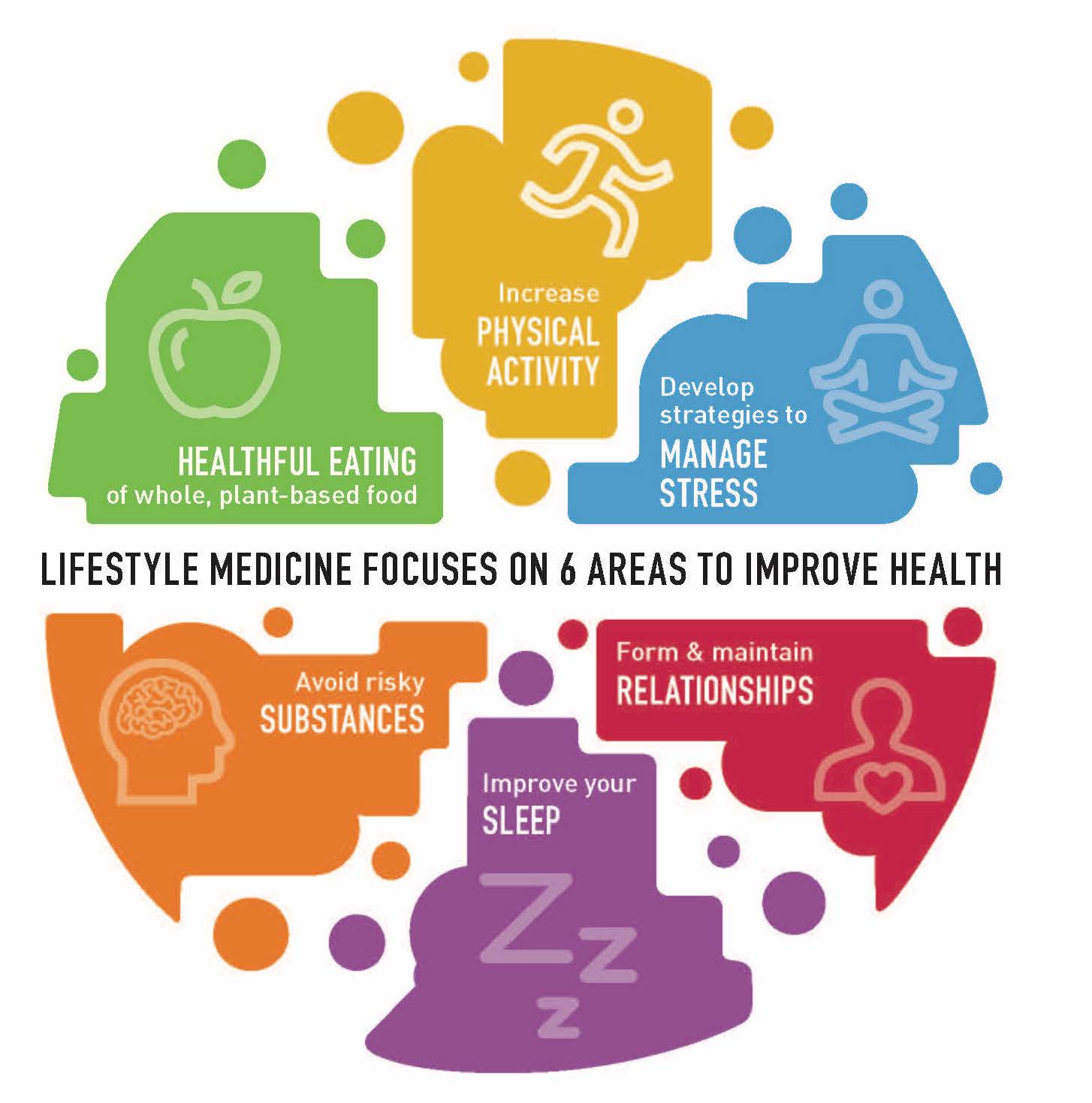By: Dr. Zubair Ahmad Wani
As the serene valleys of Kashmir captivate the world with their beauty, a silent epidemic is stealthily taking a toll on the health system of the valley. Lifestyle diseases, such as heart disease, diabetes, and obesity, are on the rise in the region, posing a significant threat to public health. It is imperative that immediate action be taken to prevent and combat these diseases before they become endemic in Kashmir.
The lifestyle changes witnessed in Kashmir over the past few decades have been profound. Traditional diets rich in fresh fruits, vegetables, and whole grains have given way to processed foods high in sugar, salt, and unhealthy fats. Sedentary lifestyles have become the norm, with physical activity taking a backseat to the demands of modern life. These shifts in behavior have paved the way for a host of preventable diseases to flourish in the region.
The consequences of this shift are stark and concerning. Chronic conditions like diabetes and hypertension are increasingly affecting younger populations, burdening families and healthcare systems alike. The economic costs of treating these diseases are substantial, further straining an already fragile healthcare infrastructure.
Millions of people across the globe are suffering from different life style diseases. If these diseases remain unchecked over a period of time they can lead to many chronic diseases or life threatening consequences. Some reports reveal that more than sixty percent of all deaths in India are attributed to life style or non communicable diseases. The rise of life style diseases is a major public health problem world over and puts a tremendous burden on the health services.
In Kashmir valley, we are witnessing a steep rise in life style diseases especially among the young generation. These kinds of diseases or health ailments are bound to increase the way we respond to new patterns and ways of living. Everyone knows that an abnormal rise in a person’s weight is due to the unnecessary accumulation of fat in the body. Furthermore, anyone who is suffering from a lifestyle disease is more vulnerable to many other health risks including heart ailments, mental trauma and even to cancer.
The philosophy of eat more and work less is making things from bad to worse to say the least. We are experiencing fast changes in the way we eat food. Majority of our young generation are going crazy for fast food items like extra sweetened foods, burgers and pizzas; these food varieties are loaded with calories resulting in obesity and other diseases. We are bound to face enormous problems in the future if necessary and urgent measures are not taken to restore conventional food habits among the people especially in our younger generation. We all share the responsibility to educate people about the adverse effects of life style ailments.
Preventing lifestyle diseases in Kashmir requires a multi-faceted approach that addresses the root causes of the problem. Education and awareness campaigns can play a crucial role in informing the public about the risks associated with unhealthy lifestyle choices and empowering individuals to make informed decisions about their health. Schools, community centers, and healthcare facilities should collaborate to promote healthy eating habits and regular physical activity from an early age.
Furthermore, health care professionals and policymakers must prioritize public health initiatives that create environments conducive to healthy living. This includes implementing regulations to limit the availability of unhealthy foods; promoting urban planning that encourages walking and cycling, and investing in recreational facilities that make physical activity accessible to all residents.
Individuals also have a responsibility to take charge of their health and well-being. Making small changes, such as choosing to walk instead of drive, opting for whole foods over processed ones, and prioritizing sleep and stress management, can have a significant impact on long-term health outcomes.
Preventing lifestyle diseases in Kashmir is not an insurmountable challenge, but it does require concerted effort and collaboration from all stakeholders. By working together to promote a culture of health and well-being, we can ensure that the beauty of Kashmir is not overshadowed by the shadow of preventable diseases. The time to act is now, before it is too late.
Together, let us make a commitment to a healthier Kashmir for generations to come.






